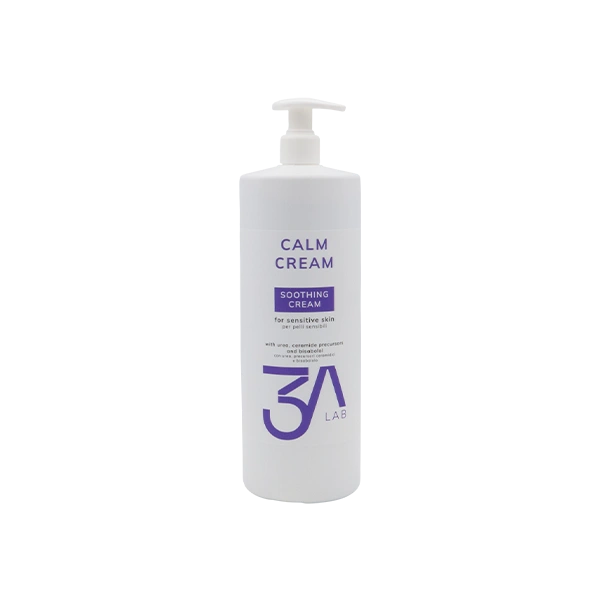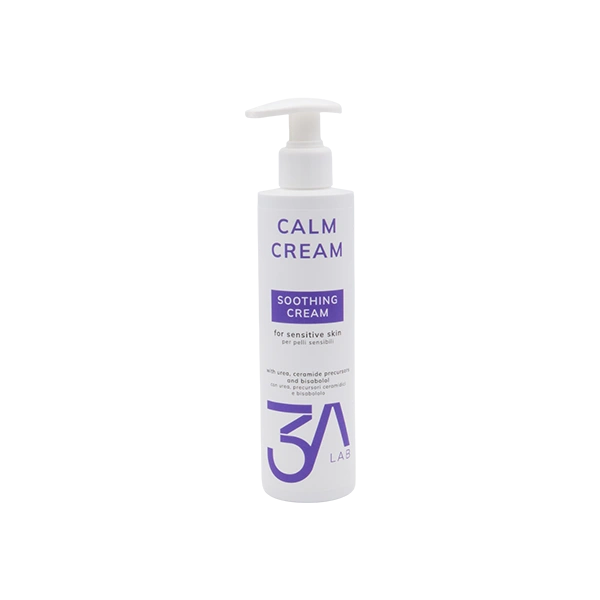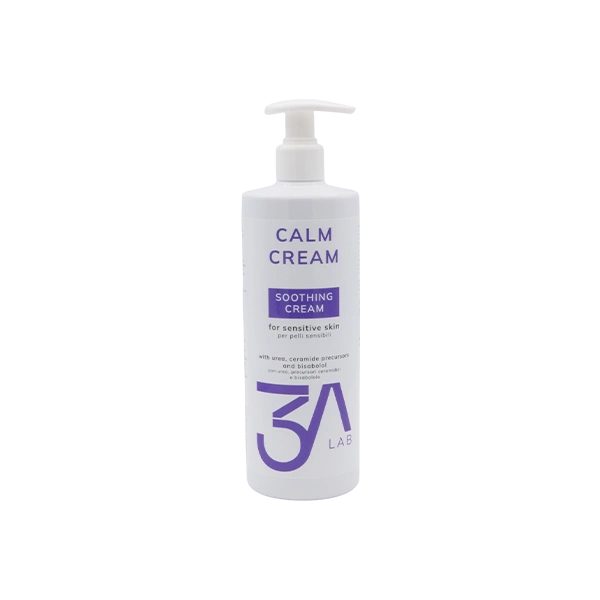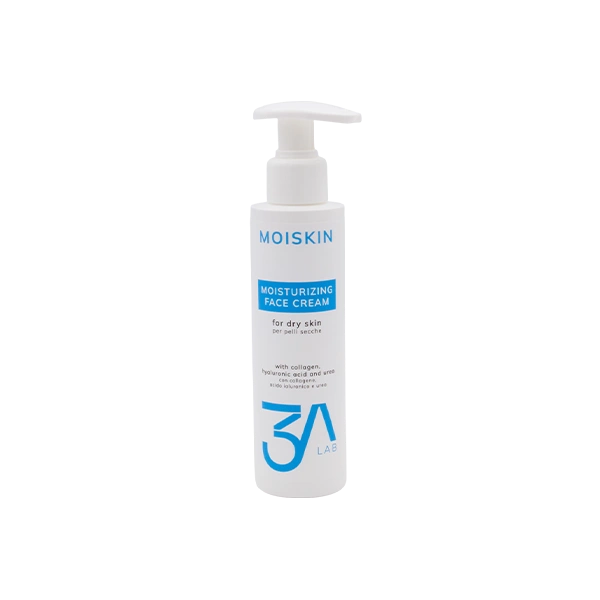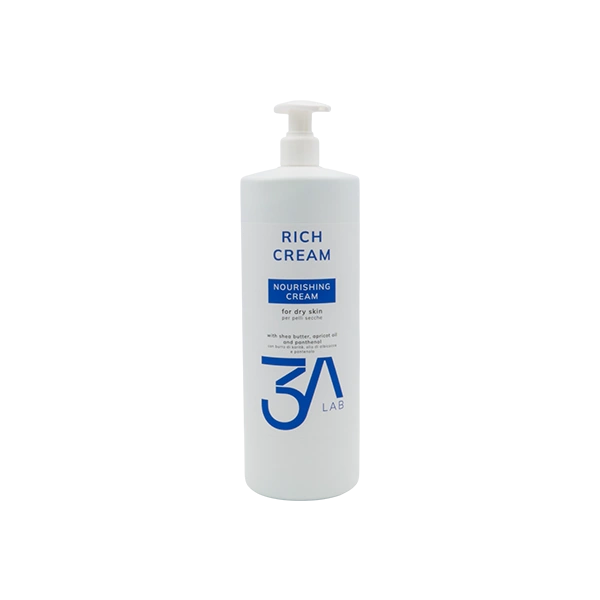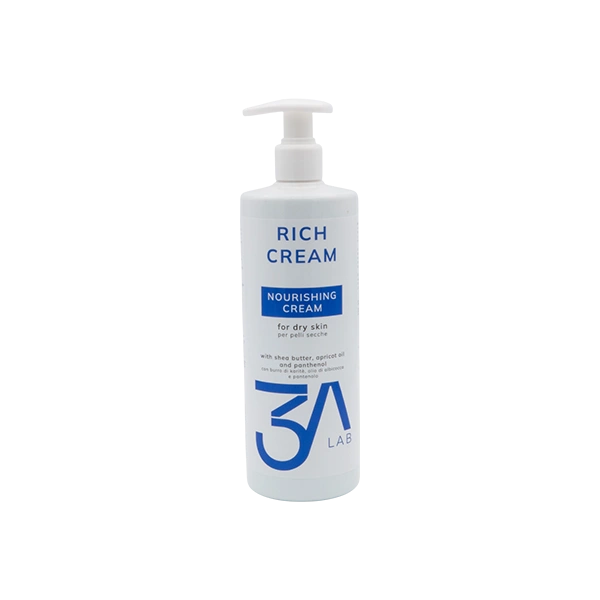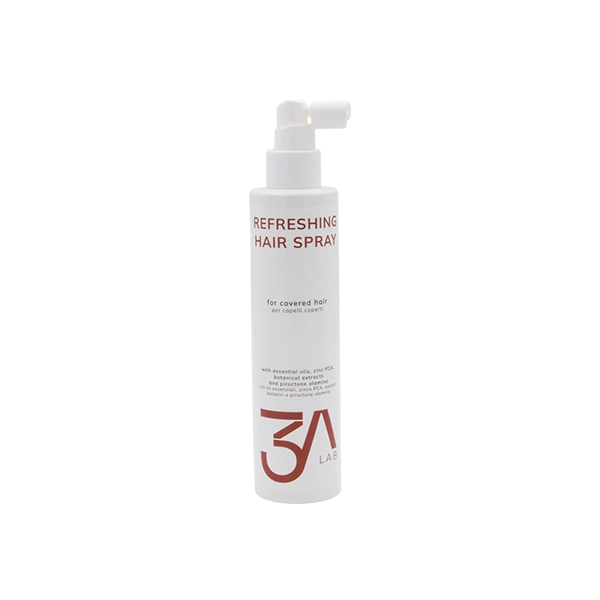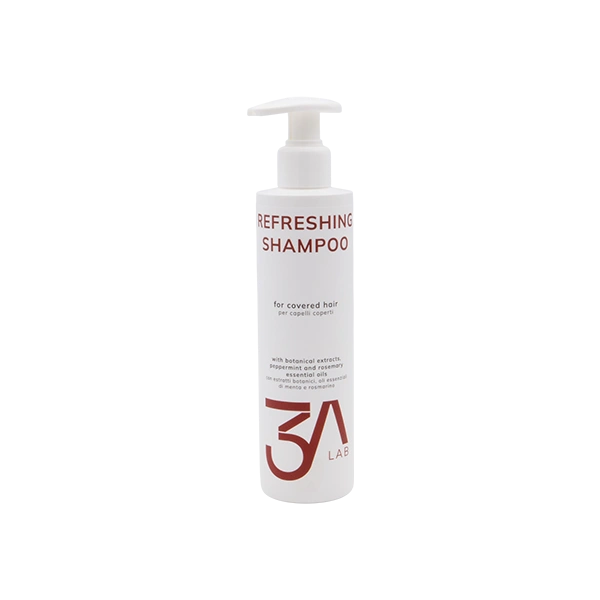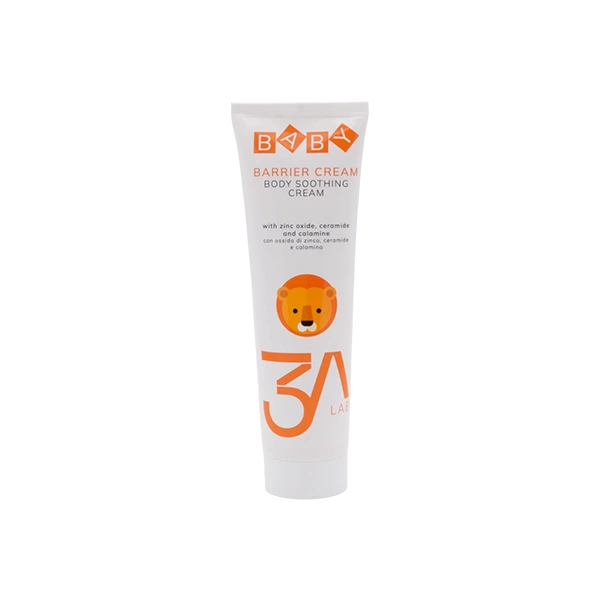The best ways for oily hair care and get rid of oily dandruff
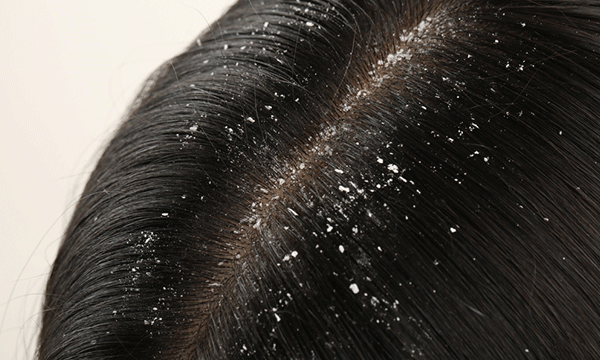
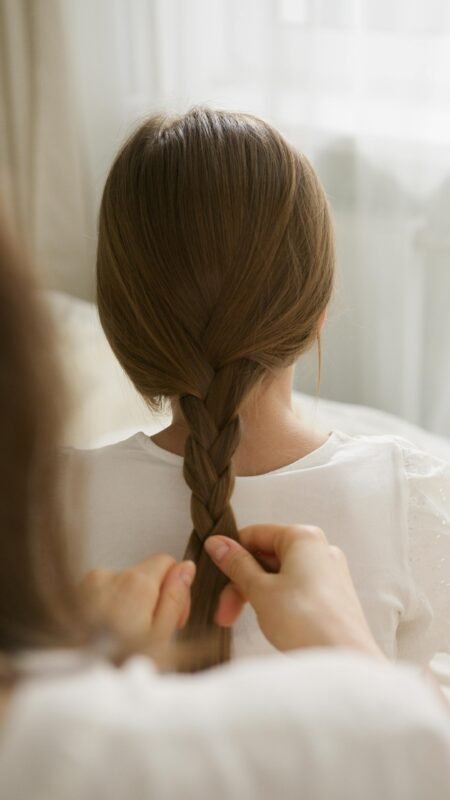
Causes of increased oiliness and oily dandruff in hair
How to treat oily dandruff and itching
Oily hair care routine
Medical treatment for oily dandruff
Do you suffer from oily hair as well as oily dandruff? How many times have you felt embarrassed because of your hair? How can you take care of oily hair?
It is well known that oily hair is prone to developing oily dandruff quickly and needs to be washed daily to get rid of the greasy appearance also needs oily hair care routine.
People with oily hair also suffer from discomfort due to dandruff and the appearance of their hair. Fortunately, there is a solution to this problem, and we will discuss it in this article. We will cover the causes of oily dandruff, as well as how to treat oily scalp dandruff and itching.
Causes of Increased Oiliness and Oily Dandruff in Hair

There are several reasons that lead to increased oil production in the hair, resulting in oily dandruff. The most important causes include:
- The increase in hair oil may be due to the overactivity of the sebaceous glands in the scalp.
- Using unsuitable products can sometimes lead to increased hair oiliness.
- Not following a proper routine for oily hair can also lead to the buildup of oils on the scalp, resulting in oily dandruff.
- An unbalanced diet may contribute to increased oil production in the a body. So use a good balanced diet to boost your immunity and decrease oily secretions.
- Hormonal changes or genetic factors play a significant role in disrupting the body’s oil production and contributing to the growth of fungi, some of which may cause oily dandruff and itching.
How to Treat Oily Dandruff and Itching
Oily Hair Care Routine:

To maintain a healthy scalp for oily hair and prevent the buildup of excess oils and sebum, you should follow a dedicated care routine.
Wash your hair 3-4 times a week using a shampoo specifically designed for oily hair. Choose a sulfate-free shampoo that contains ingredients like mint, green tea, or salicylic acid, as these components deeply cleanse the scalp without drying out the hair. Apply the shampoo to your scalp rather than the ends, and gently massage it in using your fingertips, not your nails.
- Washing your hair with lukewarm water helps cleanse the hair and remove excess oils without causing damage.
- A suitable conditioner for oily hair should be used, applied only to the hair ends while avoiding the scalp to prevent oil buildup and the formation of oily dandruff.
- Brush your hair with a wide-tooth comb to avoid stimulating the scalp to produce more oil, which can lead to oily dandruff.
- You can use a scalp scrub once a week to clean the scalp from oils.
- You can use anti-dandruff shampoo or dry shampoo once a week to give your hair a healthy and clean appearance.
- Following a healthy and proper diet regulates the body’s fat secretion and works on balancing the scalp.
- Drinking large amounts of water helps keep the body hydrated and regulates fat secretion.
The hair is tied loosely throughout the day to prevent oil buildup at the roots. - A cotton pillowcase is used and changed two to three times a week to prevent the accumulation of oils and the development of fungal dandruff on the scalp.
The medical treatment for oily dandruff.
The medical treatment for oily dandruff is used after consulting a doctor and following an oily hair care routine. Medicinal treatments containing antifungal agents and sebum regulators are used as follows:
- The use of shampoos containing ketoconazole, salicylic acid, selenium sulfide, and zinc pyrithione.
- In case additional treatment is needed alongside shampoo to eliminate oily dandruff, topical creams containing ketoconazole, miconazole, or betamethasone are used.
- In chronic cases that do not respond to topical treatments, oral medications containing ketoconazole or isotretinoin are used.
- If all the above treatments fail, the doctor may resort to cosmetic treatments such as mesotherapy injections, chemical peels, or laser therapy.
From this article, it is clear that to treat oily dandruff, you must first identify the cause of the oily dandruff in the hair to work on eliminating this cause, then follow an oily hair care routine. If oily dandruff persists despite all this, you should consult a doctor who may resort to using medical treatments.
